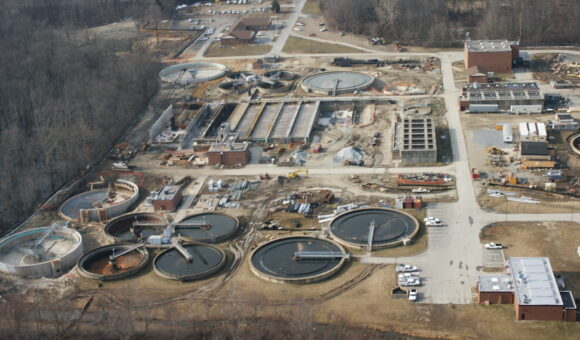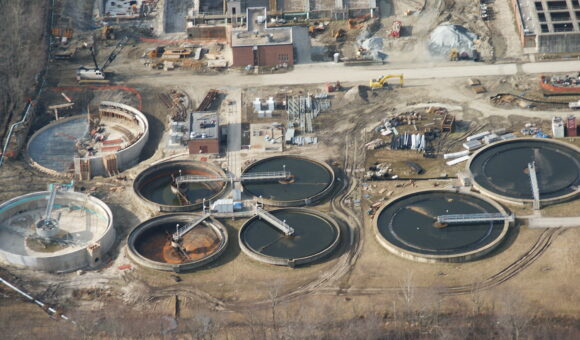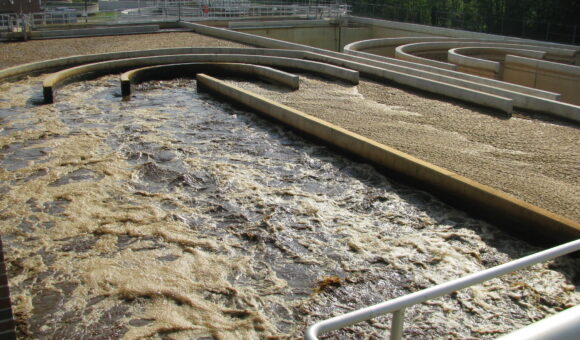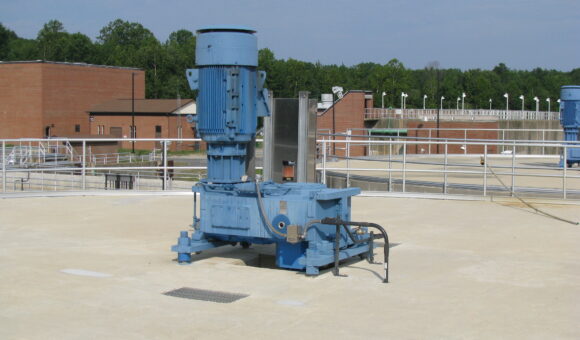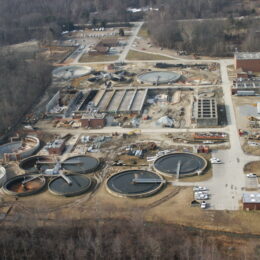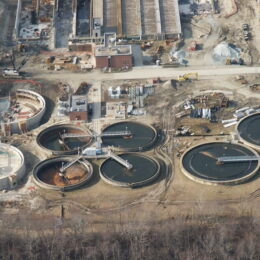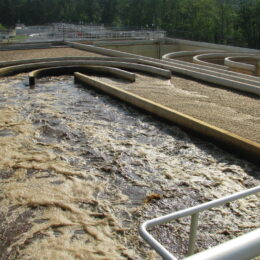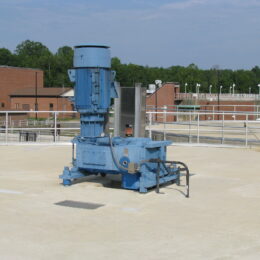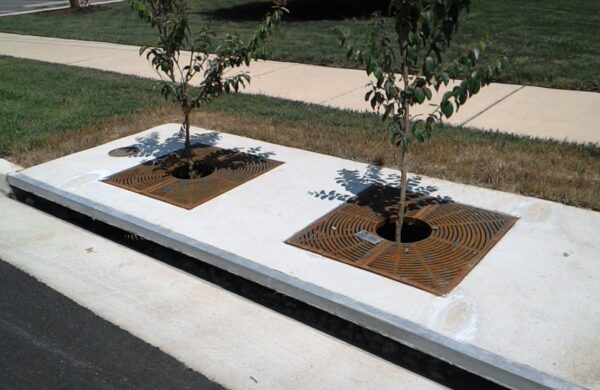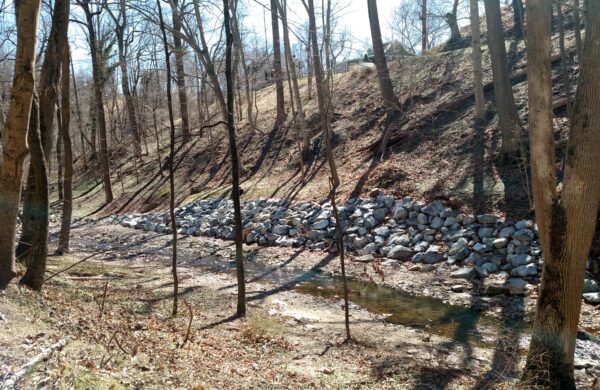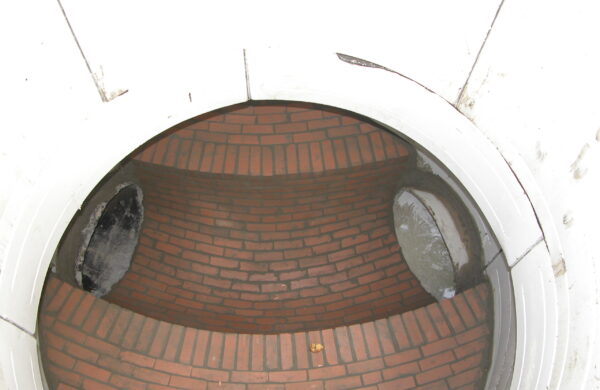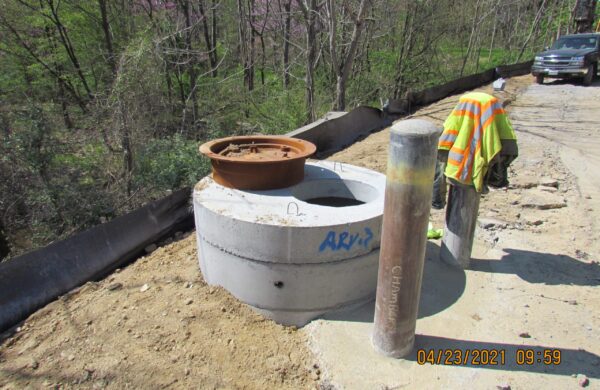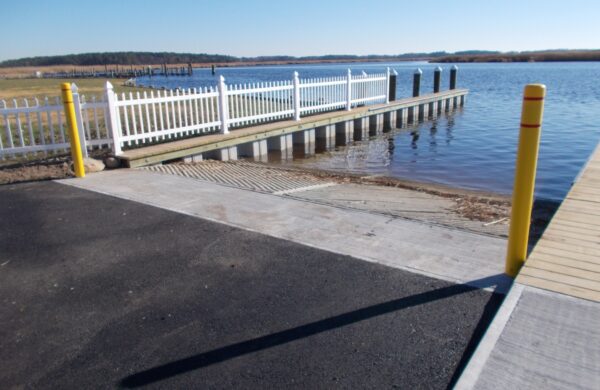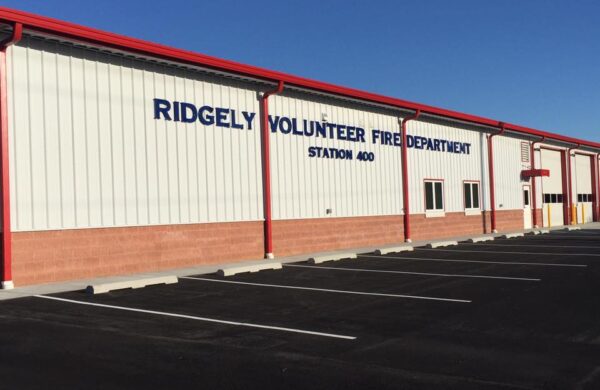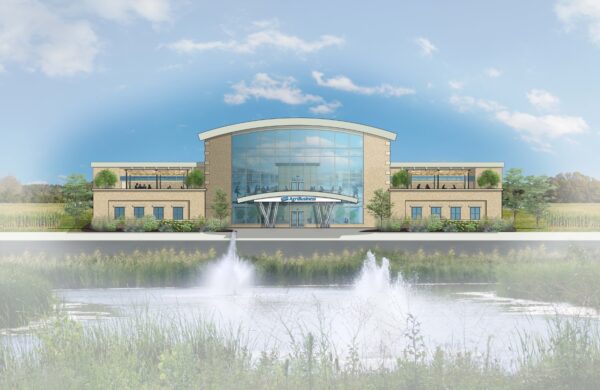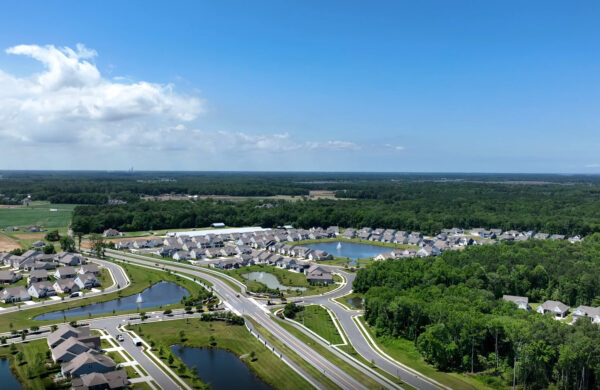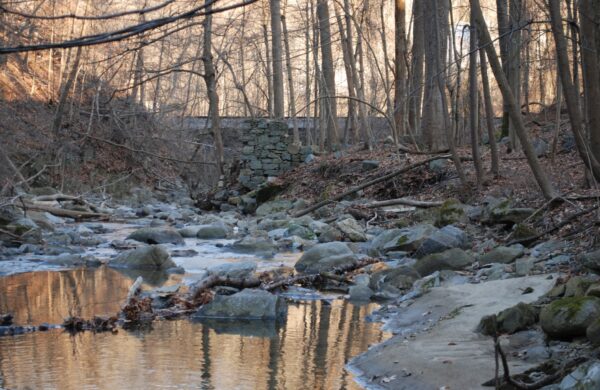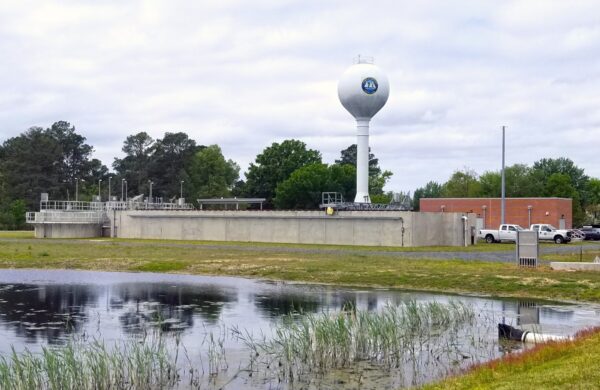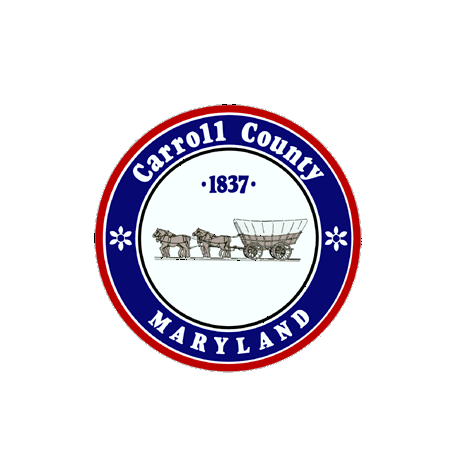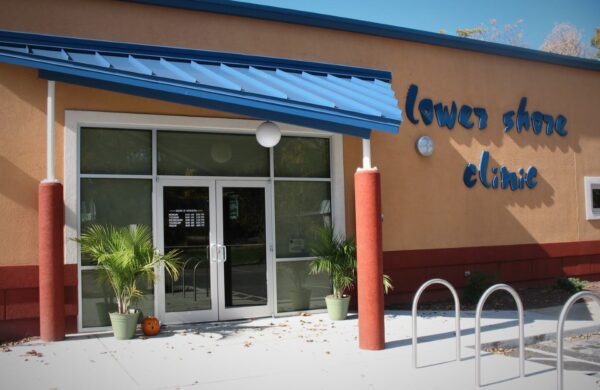Mattawoman Wastewater Treatment Plant ENR Upgrade
Location Charles County, MD
Client Charles County
Size 15 MGD
Costs $25,117,000
Date of Completion 2007
Services #Architecture #Construction Services #Consulting #Structural Engineering #Water / Wastewater Engineering
Sectors #Consulting #Funding Assistance #Government #Infrastructure #Wastewater Systems
Mattawoman Wastewater Treatment Plant, one of the largest wastewater treatment facilities in the State of Maryland, had a design capacity of 15 MGD. In November 2000, the Joint Venture of George, Miles & Buhr, LLC (GMB) and KCI Technologies, Inc. (KCI) was awarded the design for the upgrade of the plant for biological nutrient removal (BNR). The initial design proposed the Modified Ludzack-Ettinger process to satisfy the state’s BNR goal of 8 mg/l total nitrogen.
Before the design was completed, Maryland Department of the Environment introduced new Enhanced Nutrient Removal (ENR) goals for major treatment facilities of 3 mg/l total nitrogen and 0.3 mg/l total phosphorus. Because of the more stringent treatment goals, the Joint Venture modified the process design to include a four-stage Bardenpho process. By incorporating state-of-the-art ENR process technology, the Mattawoman WWTP has the ability reduce its nitrogen discharges to the Chesapeake Bay by more than 2 million pounds per year.
During the design GMB provided cost analyses used to determine grant funding eligibility. As a result, the project was funded nearly 40% by grants from MDE.
Upon completion of the ENR Upgrade project, Charles County now has one of the most innovative and “state-of-the-art” wastewater treatment plants in Maryland. The County has the ability to increase the future capacity of the plant, reduce its nutrient discharges to the Bay, and at the same time meet the anticipated TMDL requirements.
Additionally, during the design study and report phase, Charles County amended the project scope to have the Joint Venture determine if 6 MGD of treated effluent could be provided to the proposed Kelson Ridge Energy Facility for cooling with 2 MGD of blowdown water returned to Mattawoman for treatment without affecting the BNR process. The Joint Venture analysis resulted in a creative design modification which not only provided for wastewater recycling and reuse, but created unique opportunities to further reduce nitrogen loadings to the Potomac River. These additional reductions created opportunities for the Mattawoman Plant to be re-rated for higher wastewater volumes to be processed at the current facility and will extend the time before the next expansion from 15 MGD to 25 MGD.
The project also includes development of a new plant configuration as part of the BNR upgrade which allows room for future expansions and incorporates new primary and secondary clarifiers, yard piping, and electrical modifications. The design will result in a MLE process which will easily achieve an 8 mg/l upon start-up, has the ability to add methanol to achieve 4 to 6 mg/l, and can later be easily converted to a Bardenpho process within the proposed reactor tanks by constructing additional anoxic zones to achieve a 3 mg/l limit.
Upon completion, the Mattawoman BNR project will provide Charles County with one of the most innovative, flexible, and “start-of-the-art” wastewater plants in Maryland. The application of unique design parameters, reuse/recycling innovations, and multi-phase nitrogen removal will uniquely position the County to meet changing Bay goals, to be able to trim with methanol to preserve growth opportunities, achieve pollution reduction credits from the Kelson Ridge reuse/recycling project, and most importantly, incorporate the ability to meet anticipated TMDL requirements. In addition, the project will incorporate septage receiving facilities, provide a new electrical building, and provide for any necessary odor control equipment.
GMB’s design engineers adapted six existing aeration tanks into three new oxidation ditch configurations to take full economic advantage of the existing concrete tankage. To provide flexibility for future expansion, GMB recommended lengthening of the existing concrete tanks. Increased tank volumes would allow easy conversion to a higher level of treatment or provide additional treatment capacity for future growth. The County also decided to construct two additional oxidation ditches as part of the upgrade to expand average daily capacity from 15 to 20 MGD.
GMB provided Construction Administration services and two full-time inspectors during the three-year construction period. The entire ENR upgrade was completed while keeping the Mattawoman WWTP in full operation throughout the construction.

